Princesses and fairy tales are some of the most hotly debated pop culture topics in the world of feminism. Are they inherently misogynistic and decidedly un-feminist because of their adherence to values of traditional femininity?
There’s certainly an argument to be made that most of these stories ending in cis, heterosexual marriages—usually by default, if not a more compelling reason—as the entire end-goal for women is a detriment to them. The lack of creativity in these happy endings, stubbornly clinging to more traditional and outdated views of gender, domesticity, and ambitions, is the core flaw of such stories, rather than marriage or anyone’s personal version of femininity.
These are some of the most common criticisms lobbed at princesses (usually of the Disney variety)—they’re “saved” by men, and then end their stories in traditional marriage.
It’s not an entirely unfair reading.
But it is reductive and limiting—not to mention, frankly, tiring. Cinderella gets a lot flack of this general nature. You know her story. She’s the woman who lives with an abusive step-mother and step-sisters, and when she finds her way to the prince’s ball, usually with the help of a fairy godmother, the prince falls in love with her. At the stroke of midnight, she rushes home before her fairy godmother’s magic runs out and leaves behind only a glass slipper. It’s this peculiar footwear that leads the prince back to her—as the shoe fits only her—and they have their happy ending.
Boring and agency-free, right? Not necessarily.
Cinderella can be one of the most feminist, tenacious, and kind female characters I know. She’s a princess who saves herself just as much as any other one with a sword or daring journey. The way her story is told through modern adaptations shows the evolution of both the story and evolving ideas about feminism and representation.
Disney Animated Movie
The first mainstream adaptation of the Cinderella folktale was Walt Disney’s 1950 animated classic. It was the second in what would become one of Disney’s most successful brands—princesses—following their very first animated feature, Snow White and the Seven Dwarfs. While the movie became a mass success, saving the studio from its precarious financial situation, it is one of the most conservative adaptations, partly, but not entirely, due to the time in which it was made.
In Variety’s review, they describe Cinderella as being on the “colorless, doll-faced side.” She suffers from the same lack of agency and feminism that her fellow classic princesses (Snow White, Sleeping Beauty) do too, though for what it’s worth, not falling into an enchanted slumber does give her a slight edge.
This is not to say, however, that discussion of Cinderella’s situation was absent at Disney.
Screenwriter Maurice Rapf, whose work on the movie went uncredited, discussed his version of Cinderella as more rebellious. “My thinking was you can’t have somebody who comes in and changes everything for you. You can’t be delivered it on a platter. You’ve got to earn it,” he’s quoted as saying in David Koenig’s 1997 book Mouse Under Glass: Secrets of Disney Animation & Theme Parks.
“So in my version, the Fairy Godmother said, ‘It’s okay till midnight but from then on it’s up to you.’ I made her earn it, and what she had to do to achieve it was to rebel against her stepmother and stepsisters, to stop being a slave in her own home. So I had a scene where they’re ordering her around and she throws the stuff back at them. She revolts, so they lock her up in the attic. I don’t think anyone took (my idea) very seriously.”
Though Disney’s final version of the film is far less exciting, it still offers glimmers of the woman described by Rapf, and a good introduction for what Cinderella faces and her potential.
As the narrator explains at the beginning of the movie, Cinderella lives a “tormented and abused” life at the hands of her stepmother and sisters. Yet “through it all, she remained ever gentle and kind.” Disney’s princess culture receives all kinds of criticism—plenty of it valid—but one thing it excels at is its compassion for their heroines.
The animated tale is far less nuanced than later adaptations, but nonetheless, it depicts her as someone who finds strength in her own kindness and resolve. Still, in this movie, her sole reason to go to the ball is to have a nice night out and perhaps meet a handsome prince, but it’s hard to condemn her for that when all she knows of life is an attic, demands, and a lack of love.
Dreaming of a better life—or at the very least, a night out—is a sign of her resilience. The movie consistently shows the audience Cinderella’s own generosity and patience, even in the face of her stepmother’s vitriol, and it’s an effective way to get the audience rooting for Cinderella.
Yet, this movie also introduces another way to differentiate Cinderella from the other women in her life that continues in later adaptations: her appearance. Where Cinderella is an angelic version of traditional beauty standards—blonde hair, soft features, a petite and unthreatening physicality—her stepsisters are cartoonish, with turned up noses and ridiculous hairstyles. In one scene, the movie even shows Drizella singing terribly off-key before cutting to Cinderella singing the same song in a perfectly lovely lilt.
It’s one thing to compare their moral centers—Cinderella’s kindness vs. her stepsisters’ selfishness and cruelty—and another, a sign of a patriarchal society, to tie those moral centers to physical appearance as judged definitively trough a traditional male gaze.
Ever After
Decades later, Ever After arrived as the ’90s feminist answer to the story of Cinderella. It features no magic, no fairy godmother (in this movie, a fictionalized version of Leonardo da Vinci takes on that role), and an edge and humor previously unseen in this story.
Drew Barrymore, who, up until this point in her career, was known primarily for her rebellious and brazen streak, plays “Danielle” in the movie. No, they didn’t even keep the name Cinderella, wanting to tell this story without the baggage of a seemingly outdated fairy tale. Watching Ever After, it’s difficult to tell where Barrymore ends and Danielle begins. She fits in the Strong Female Character mold of the ’90s to a T, as the movie actively renounces the more reserved nature, assumed to be weakness, of Cinderella in more traditional versions of the story.
This adaptation lets Danielle act on her anger for her stepsister (singular, as her other stepsister is nice to her). Danielle punches her stepsister, Marguerite, after she insults Danielle’s mother and tries to steal her mother’s dress. In another scene, Danielle’s the one saving Prince Henry by physically lifting and carrying him away from danger.
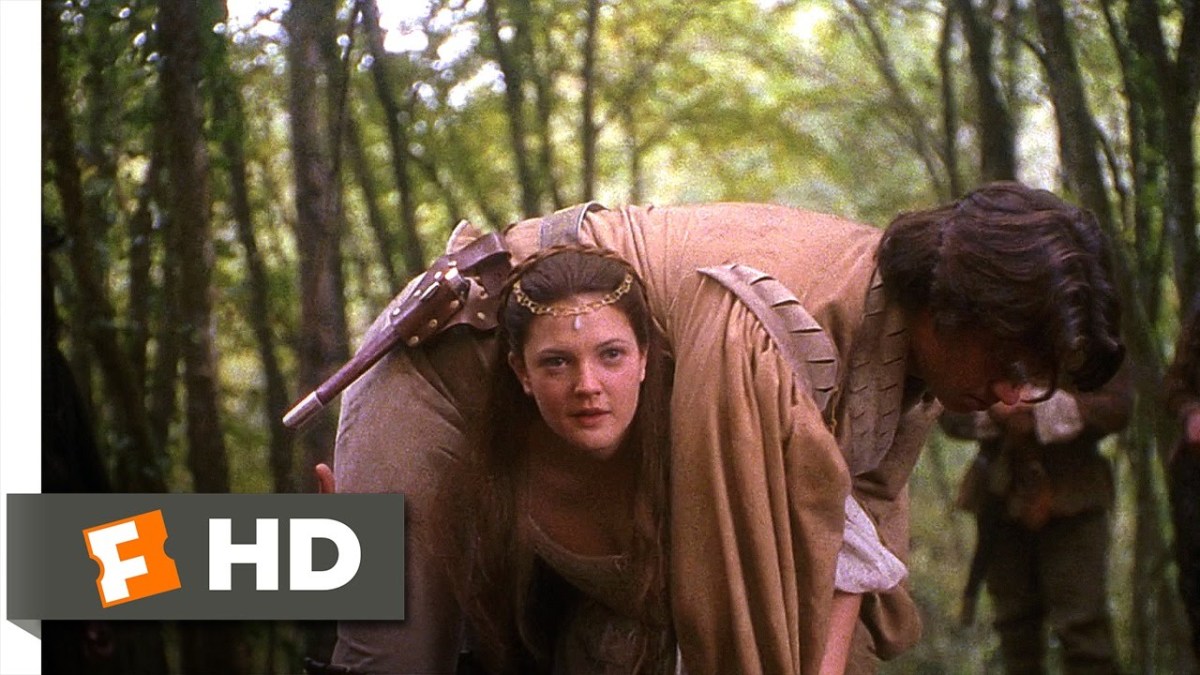
(image: 20th Century Fox/screengrab)
It’s all fun to watch, certainly, but at the time, it added to the notion prevalent in the ‘90s and early 2000s that there was only one real type of Strong Woman™, and physicality was the inherent indication of said strength. I grew up in a time of Buffys and Xenas and Mulans, and while these female characters are wonderful, they are not representative of the only ways for women to be strong, independent, and have agency.
My own journey led me, finally, to understanding that empathic and quiet does not inherently mean passive and weak. This movie keeps Cinderella’s (or Danielle’s) trademark kindness and generosity, but also makes it known that she is Tough, unlike princesses of the Olden Days.
One way the movie brings the Cinderella story up to more modern times in a good way is by giving the heroine time to spend with the prince prior to the ball, dealing with the unrealistic notion of falling in love in a single night. It’s both refreshing and delightful, and has thankfully become something of the norm now.
Danielle and Henry get to fall in love while getting to know each other (granted, Henry thinks Danielle is a Comtesse, but she doesn’t change her personality to go with the title), and it makes the love story all the sweeter. Henry may be royalty, but their blossoming romance places them on equal footing with one another, which is a key aspect of any respectable and truly feminist relationship. It’s something lost in most traditional fairy tales (and especially Disney’s three original princesses) but very welcome now.
Rodgers and Hammerstein’s Musical
Two of the other recent adaptations of the story take the more traditional route of Cinderella as a gentle soul, but with updated feminism for the modern day, combining Cinderella’s core character with the agency of Ever After.
Rodgers and Hammerstein created the Cinderella musical as a TV movie, which first aired in 1957. However, we’re going to focus on 2013’s Broadway production. This new iteration takes the character of Cinderella and shines a light on her goodness, with some additional motivation. When her fairy godmother, previously known just as “Crazy Marie,” finally reveals herself to Cinderella, she simply says, “Actually, I’m everyone’s fairy godmother, but you’re the only one who has given me charity, generosity, and kindness.” (“In My Own Little Corner—Reprise.”)
Later in the musical, when she goes to the ball, she joins guests in a game of Ridicule. This so-called game involves people hurling insults at one another. When it’s Cinderella’s turn to play, however, she casts compliments instead. The other royal guests are confused at this display of unabashed kindness, but soon embrace it, and jubilantly declare what a fine night it is.
The Broadway musical also takes a cue from Ever After by introducing Cinderella and the Prince (here named Topher) earlier on, when his caravan comes across the house she lives in, with her stepmother and stepsisters, in the woods. He is immediately struck by her kindness in offering him a drink of water, as well as defending Crazy Marie.
They also get to actually talk. Cinderella attends the ball both because she wants to, and to discuss politics. At the urging of her revolutionary friend, Jean-Michel, she goes to confront the prince about the treatment of the people in his kingdom. It allows Cinderella and Topher to get to know one another—as people with their own morals, as leaders—and start the early foundations of a partnership. Topher himself also gets character growth as a young man coming into his own as the leader of a kingdom, which enriches both him individually and his relationship with our heroine.
Not to mention it’s all the more relevant in 2018 than when it first premiered in 2013, and makes Cinderella a much more self-aware protagonist. After first meeting Topher, she comments: “That man? A world leader? But he appears to have a heart, mind, and soul; it can’t be.” It got big laughs and cheers at a recent production I saw in Los Angeles.
Finally, the musical also pushes against the idea that only one type of woman can embody Cinderella. In 1997, Brandy took on the iconic role in a Disney TV movie, with Whitney Houston as her fairy godmother. Years later, in 2014, Keke Palmer made history as the first black woman to play Broadway’s Cinderella. As The Guardian noted at the time, “Casting an African American actor as such an iconic—and typically pale—character is emblematic of the progress Broadway is making, slowly and haltingly, in employing actors of color in a broader array of parts.”
A black woman playing Cinderella, either on TV or stage, is historic. It allows girls of color to see themselves in roles like these, as classic princesses previously only portrayed as white girls. It is still telling, however, that both Brandy and Palmer are thin, beautiful women, while the stepsisters, once again, are pit against Cinderella both in nature and physical appearance (one is heavier, the other thin but angular and awkward).
Live-Action Cinderella
Finally, we come to the most recent big-screen adaptation of the story: Kenneth Branagh’s 2015 live-action film. It sees Lily James in the titular role and also offers one of the best depictions of Cinderella as a young woman facing abuse, trauma, and grief, and how one can rise from such bleakness.
In this movie, our heroine’s name is Ella, and her new moniker, Cinderella, is a sign of the cruelty her stepmother and sisters show her. It’s a combination of her real name—Ella—and the word cinder, after she falls asleep in front of the kitchen fire following an exhausting day of work, waking up with cinders on her face.
But it hardly ends there. She is relegated to living in the cold attic, can only eat scraps of whatever her stepmother and sisters didn’t eat (after finishing her work, of course), and faces a constant barrage of demeaning demands and condescension, all while grieving the death of her father, the last person who was kind to her.
On a typical day in the United States, over 20,000 calls are placed to domestic violence and abuse hotlines. Victims of domestic abuse face a higher risk of mental health effects such as depression, post-traumatic stress disorder (PTSD), addiction, and suicidal behaviors.
“Every battered woman I’ve ever talked to thinks, ‘How can I get out?’” Rita Smith, former executive director of the National Coalition Against Domestic Violence, told NPR. “At some point, probably all of them will make some attempt. The question is, what’s in place to help her do that? And it’s often very limited.”
Ella’s first time away from the only environment she knows—an abusive home—is at a ball, but in this version, just as in the musical, she doesn’t go as a passive damsel in distress, hoping the prince will save her from her life. Cinderella meets the prince (Kit, played by Richard Madden) before the ball, not knowing he’s a prince. Instead, he’s only someone who has shown her kindness—something her life sorely lacks. Going to the ball is a way for her to see her friend.
Simply because Cinderella has help getting to the ball—whether it be a fairy godmother and some mice, or Leonardo da Vinci—it does not take away her own agency in wanting a better life for herself, nor should anyone begrudge an abused woman the acceptance of kindness. Realistically, once she is no longer under the control of her step-mother, she will continue to suffer from years of trauma and the long process of healing, but it’s a lot better than the alternative.
Cinderella’s final scene with her stepmother in this film is a poignant, astonishing moment. While walking out with the prince, to her new life, she turns suddenly and simply says, “I forgive you.” It’s easy to think her stepmother is not deserving of forgiveness, but this scene is not for her. It’s for Cinderella. Her forgiveness does not absolve her stepmother of the appalling things she did. Instead, it allows Cinderella to call upon her strength and find the courage to forgive someone who mistreated her so terribly, thus choosing peace for herself as she ends a very dark chapter in her life.
In the face of so much cruelty, grief, and trauma, Cinderella, in every version, never gives up on her hope and kindness. It’s why the prince falls in love with her. She endures and endures and endures, and it is nothing short of admirable. Her story exists in that of an idealized fairy tale, where there are fairy godmothers and glass slippers and magic—where heroines are (mostly) white and traditionally beautiful and, yes, end their stories with marriage, but it does not negate any of what Cinderella goes through to get her happy ending.
She is all at once victim, survivor, and hero of her own story. There is no prince who can ease the lasting effects of abuse, only the spirit of a woman who refuses to give in to what the world would have seen her become had she lost sight of the importance of her own humanity.
Kindness, just as much as any heroic victory in battle, can save the world.
(featured image: Disney, 20th Century Fox, Andrew H. Walker/Getty Images)
Anya’s feminist icons are Leslie Knope and Lauren Bacall. When she’s not working on her Master’s, she can usually be found watching movies with her dog, reading Neil Gaiman, or at Disneyland. Twitter: @anyacrittenton.
Want more stories like this? Become a subscriber and support the site!
—The Mary Sue has a strict comment policy that forbids, but is not limited to, personal insults toward anyone, hate speech, and trolling.—



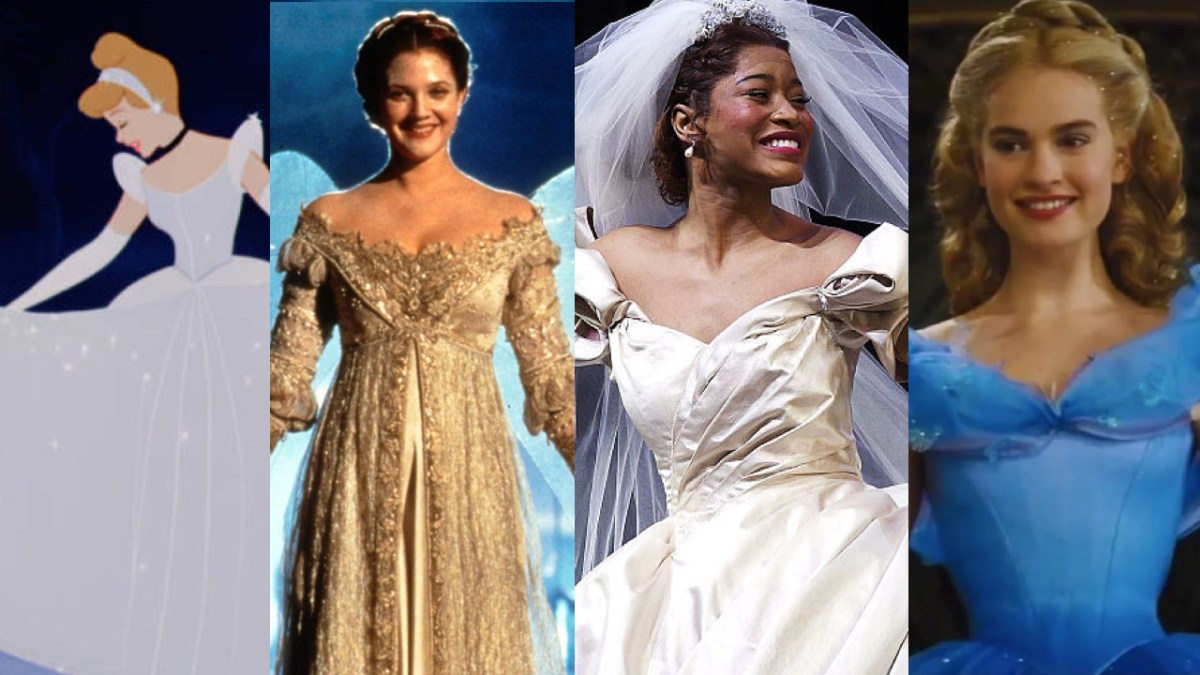
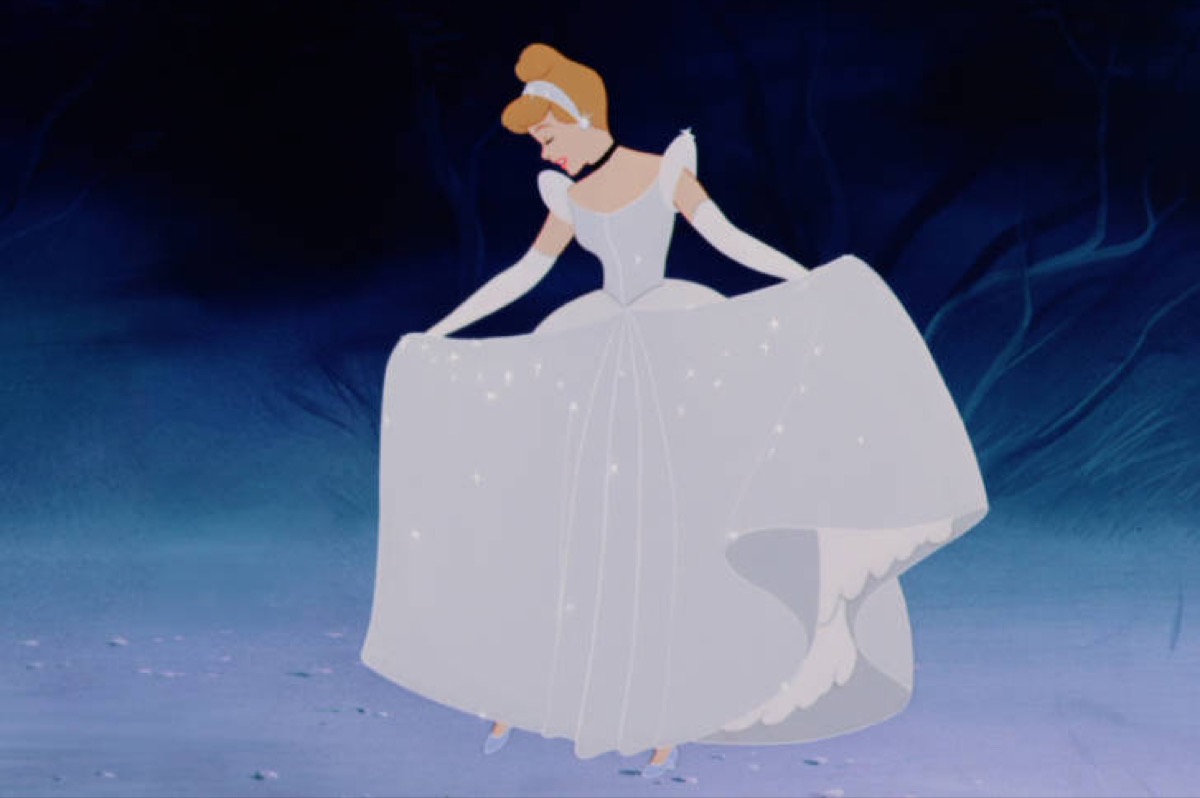
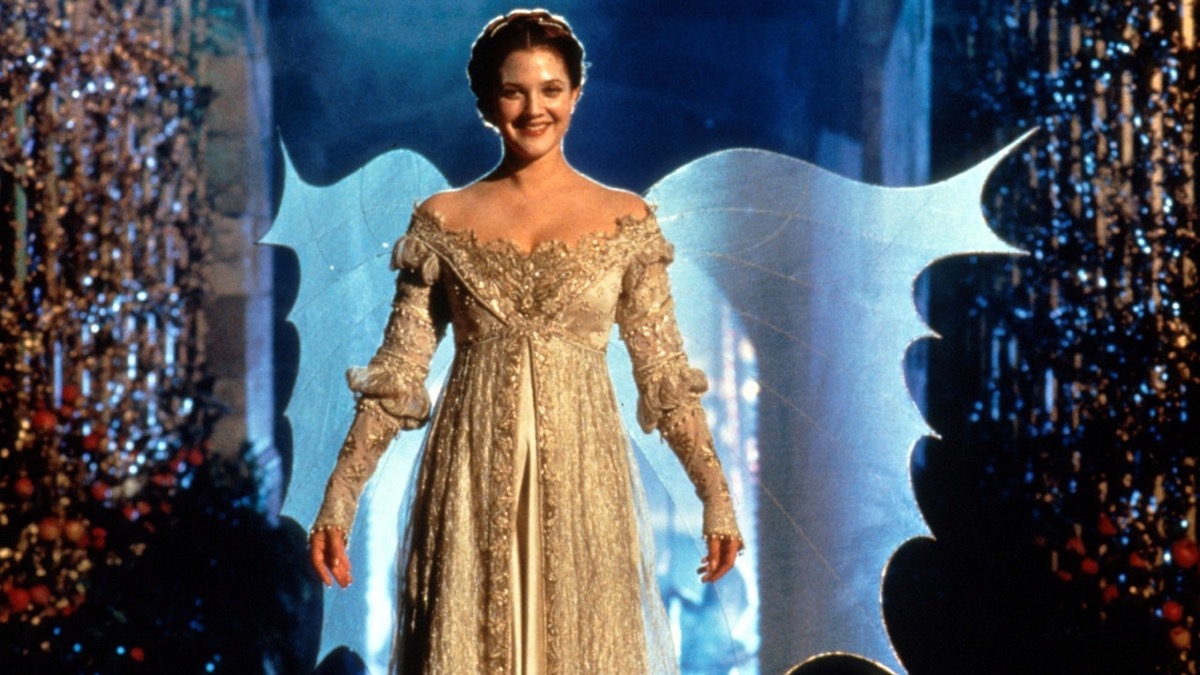
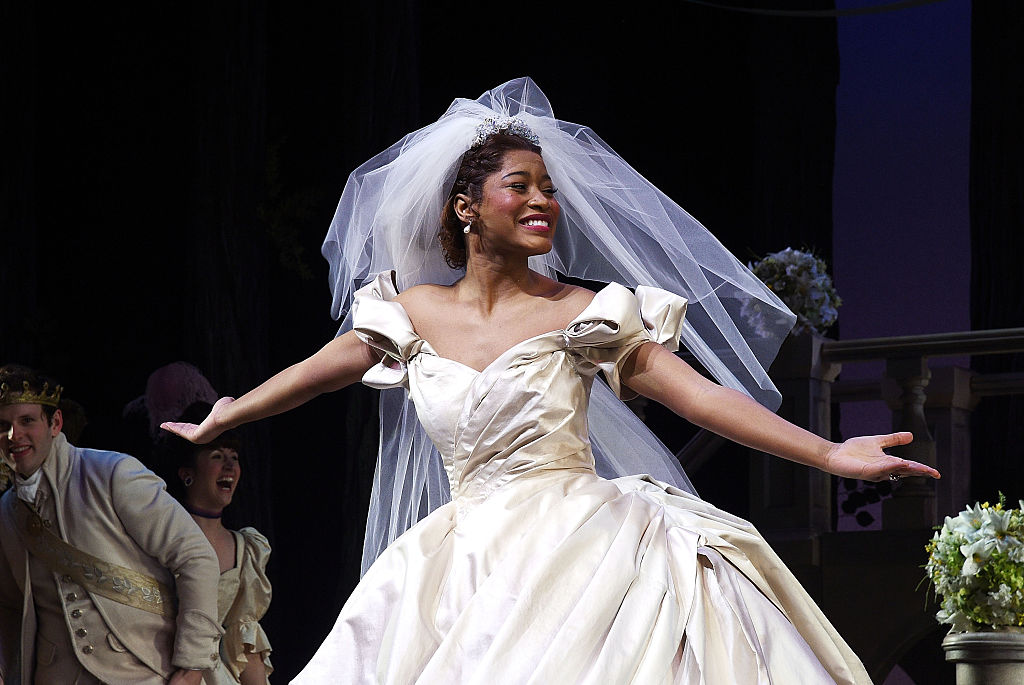
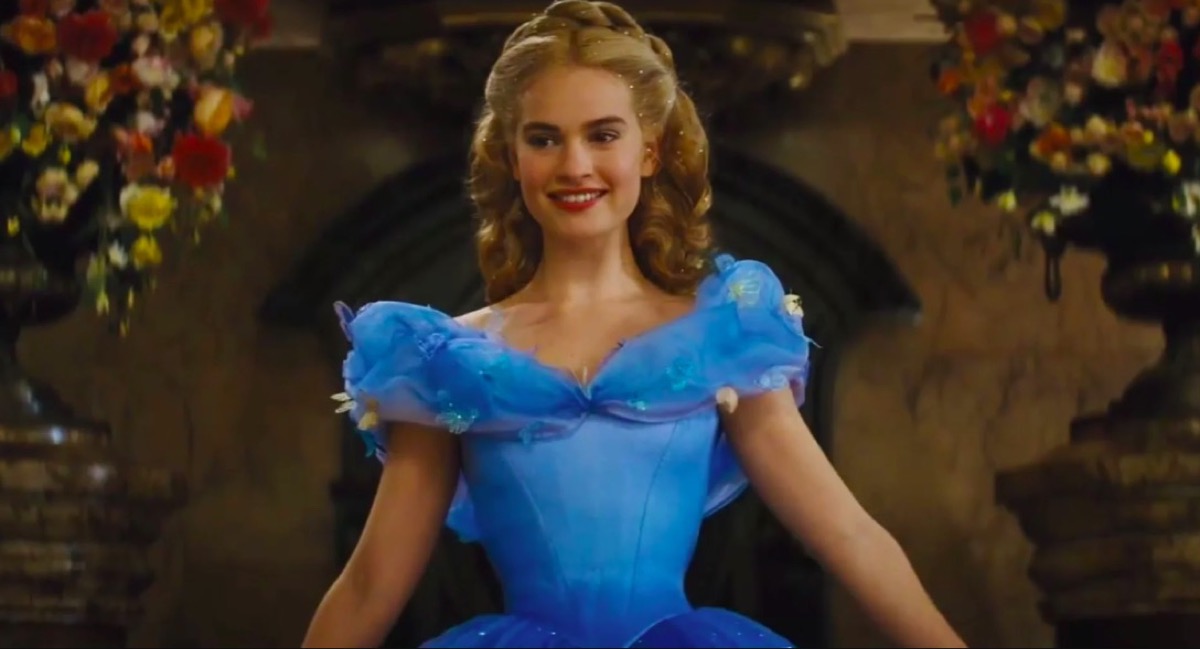





Published: Sep 13, 2018 03:35 pm